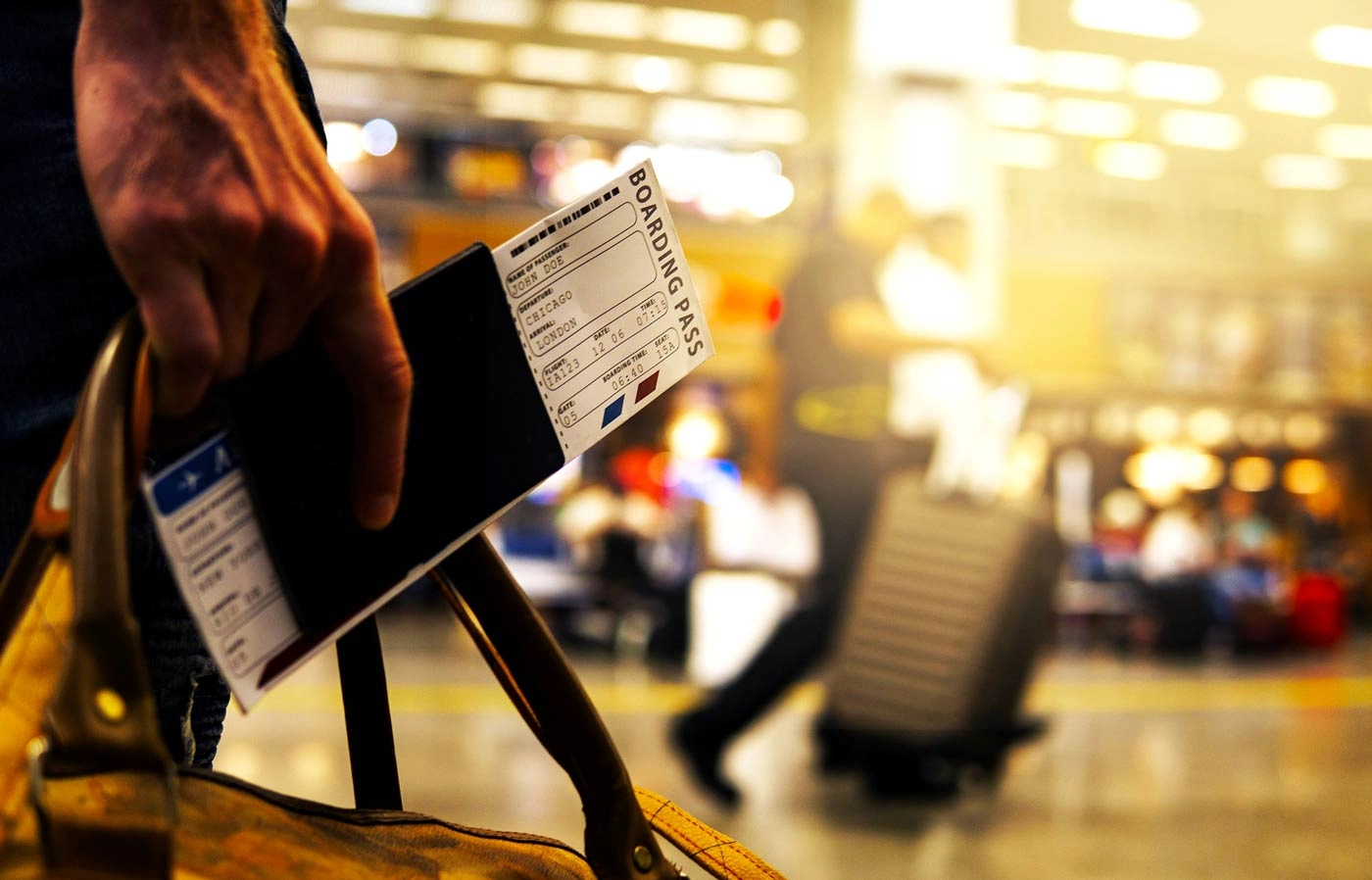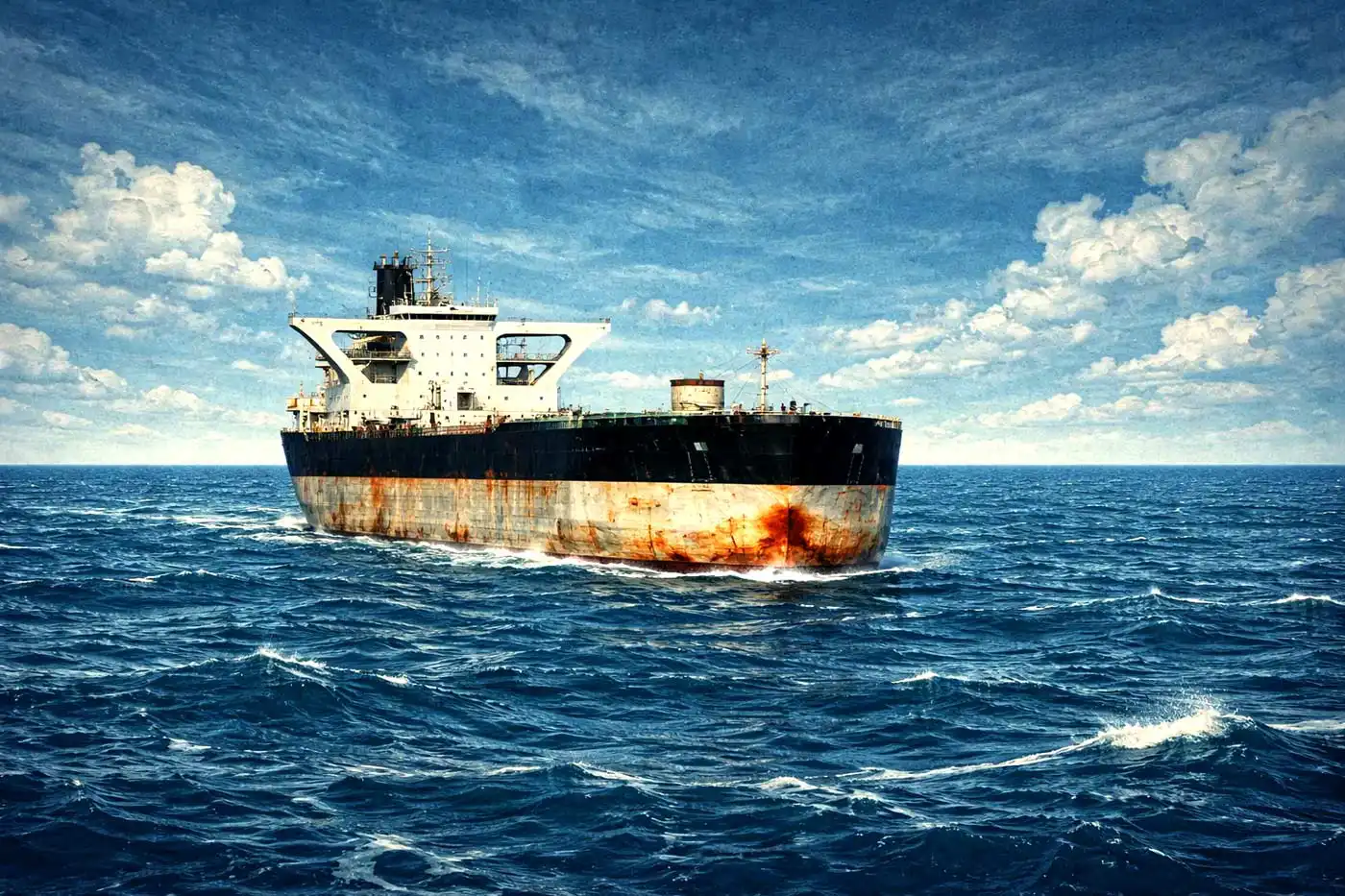Advanced Scanners Questioned as Liquid Restrictions Return
Starting September 1, 2024, passengers at all European Union airports will once again face a strict 100ml limit on liquids in their hand luggage. This decision marks a reversal of the recent relaxation made possible by advanced C3 explosives detection scanners, which allowed larger quantities of liquids to pass through security. Despite the technological advancements, the European Commission has mandated a return to the previous regulations due to concerns over the reliability of these high-tech scanners.
New Scanners Under Scrutiny
The latest C3 scanners, which use cutting-edge CT scanning technology to produce high-resolution, three-dimensional images of luggage, were initially hailed for their ability to detect explosive components in liquids, gels, and electronic devices without passengers having to remove these items from their bags. This promised a more streamlined and efficient security process. However, a technical report raised doubts about the scanners' effectiveness in reliably identifying explosives in containers holding more than 330ml of liquid, prompting the European Commission to call for a temporary return to the older restrictions as a precautionary measure.
C3 scanners, also known as Explosive Detection Systems for Cabin Baggage (EDS CB), are advanced security scanners used at airports. These scanners utilize X-ray nanotechnology and 3D imaging reconstruction to detect prohibited items such as explosives
Financial Impact and Operational Challenges
The decision has sparked concern among airport authorities, particularly those that have already invested in the expensive C3 scanners, as these new scanners are significantly more costly than traditional X-ray machines, with both purchase and maintenance costs being much higher. Some have warned that the sudden reintroduction of the 100ml liquid restriction will not only undermine these investments but also potentially cause operational disruptions, leading to longer wait times at security checkpoints.
Mixed Reactions from Passengers and Airport Officials
Responses from passengers and airport staff have been mixed. Many travelers, accustomed to the longstanding 100ml rule, expressed little concern over the change, as they have adapted their packing habits over the years. However, those who had experienced the convenience of the C3 scanners noted the smoother and faster security experience. Airport officials, on the other hand, have expressed frustration over the sudden policy shift, emphasizing the need for consistency and clarity in the regulations governing airport security technology.
Looking Ahead: A Call for Certainty
As airports prepare to implement the liquid restrictions, there is a growing call from industry leaders for more stable and predictable regulatory frameworks. The aviation industry now looks to the European Commission for a resolution that will balance security concerns with the need for technological advancement and operational stability.
Sources:
Euronews
ChronicleLive






Comments